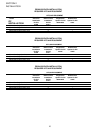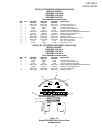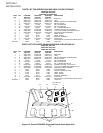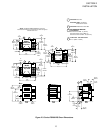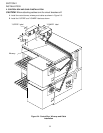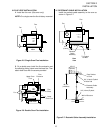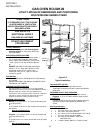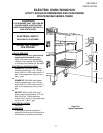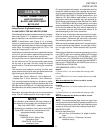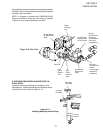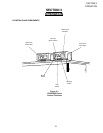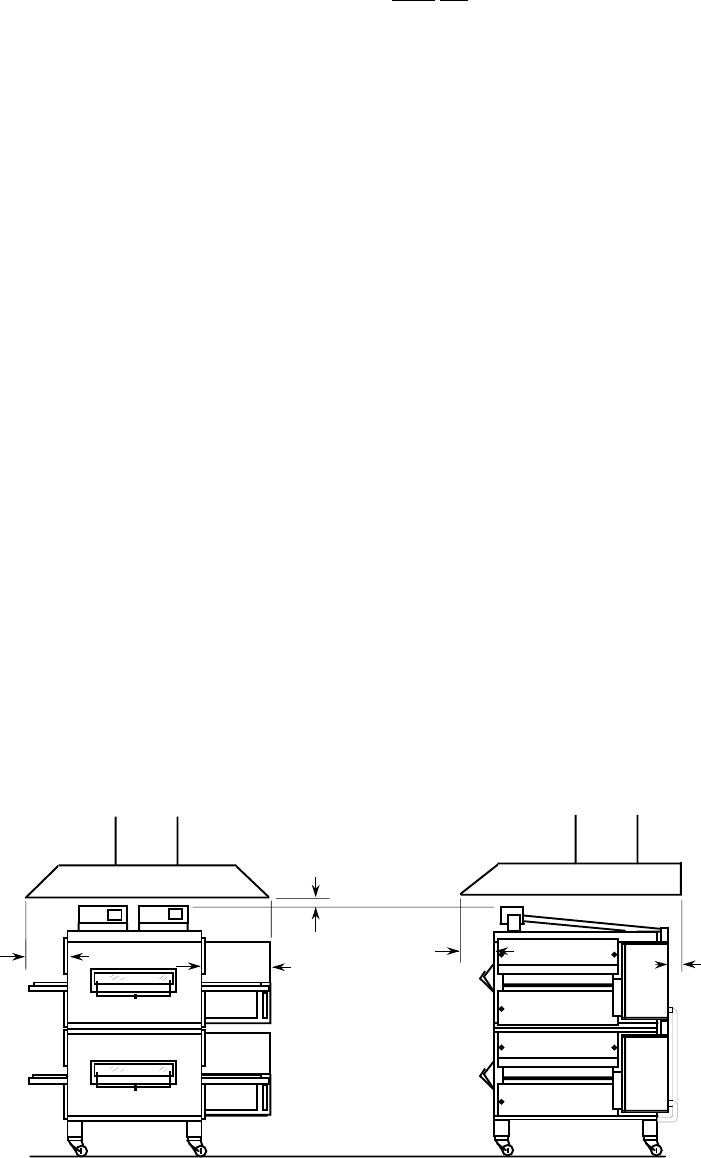
18
SECTION 2
INSTALLATION
Figure 2-10
Vent Hood
V. VENTILATION GUIDELINES
A mechanically driven ventilation system is required for
the PS200-R68 Series Middleby Marshall conveyorized
gas ovens. The minimum hood canopy dimensions are
outlined below.
Local codes and conditions vary greatly from one area to
another and must be complied with. These are the
“Authority having jurisdiction” as stated by the National
Fire Protection Association, Inc. in NFPA 96-latest edi-
tion. Following are the suggested requirements for good
ventilation. Please remember these are general recom-
mendations or guidelines, you may have a special con-
dition or problem that will require the services of a
ventilation engineer or specialist. Proper ventilation is the
oven owner’s responsibility. Improper ventilation can
inhibit oven performance. It is recommended that the
ventilation and duct work be checked every three months.
Grease filters in the intake of the hood may be required
by local codes.
VENTILATION HOOD
The rate of air flow exhausted through the ventilation
system is generally between 1400 and 2500 CFM, but
may vary depending on the oven configuration and hood
design. To avoid a negative pressure condition in the
kitchen area, return air must be brought back to replenish
the air that was exhausted. A negative pressure in the
kitchen can cause heat related problems to the oven
components as if there were no ventilation at all. The best
method of supplying return air is through the heating,
ventilation and air conditioning system (HVAC). Through
the HVAC system, the air can be temperature controlled
for summer and winter. Return air can be brought in
directly from outside the building, but detrimental affects
can result from either extreme seasonal hot and cold
temperature from the outdoors.
NOTE: Return air from fan driven system within the hood
must not blow at opening of bake chamber or poor oven
baking performance will result.
VENTILATION CAPTURE TEST
It is recommended that a 30 second smoke candle test be
performed on your ventilation hood system. Follow the
steps below to complete the ventilation smoke test.
All tests are to be done on single ovens or lower units of
a double oven. We recommend you wear protective
gloves when performing this test. At no time should food
be present when the smoke test is being conducted. Also
check that no fire suppression system will be activated by
the smoke.
1. Turn ventilation system on.
2. Turn oven(s) on and allow to heat up to customers
normal operating temperature, or a minimum of 480°F
(248°C).
3. Turn conveyor off. Place a 30 second smoke candle
in a pie or cake pan which is no higher than 3" (76mm).
4. Open the front oven window. Next, light the smoke
candle in the pan and then slide the pan into the center
of the bake chamber on the conveyor belt and close the
window.
5. The ventilation hood should capture 90% to 100% of
the smoke produced by the candle.
8”
203mm
2”
51mm
minimum to
allow stacking
of ovens
3”
76mm
10”
254mm
17-1/2”
445mm



